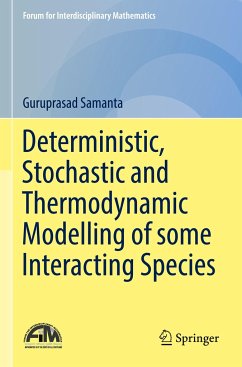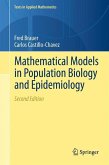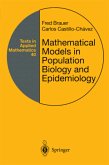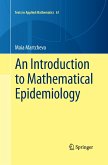This book presents the understanding of how the different forms of regulatory mechanisms, like birth and death, competition, consumption and the like, result in changes in the stability and dynamics of ecological systems. It deals with a profound and unique insight into the mathematical richness of basic ecological models. Organised into eight chapters, the book discusses the models of mathematical ecology, the dynamical models of single-species system in a polluted environment, the dynamical behaviour of different nonautonomous two species systems in a polluted environment, the influence of environmental noise in Gompertzian and logistic growth models, stability behaviour in randomly fluctuating versus deterministic environments of two interacting species, stochastic analysis of a demographic model of urbanization and stability behaviour of a social group by means of loop analysis, thermodynamic criteria of stability and stochastic criteria of stability. The book will be useful tothe researchers and graduate students who wish to pursue research in mathematical ecology.
"The presentation is reasonably self-contained ... Each chapter offers a primer on the necessary mathematical techniques ... . The book can be used primarily as a support for a graduate course on the mathematical aspects of population dynamics ... . The references are given on a per-chapter basis and include a significant number of textbooks suitable for further study." (Paul Georgescu, zbMATH 1498.92001, 2022)









